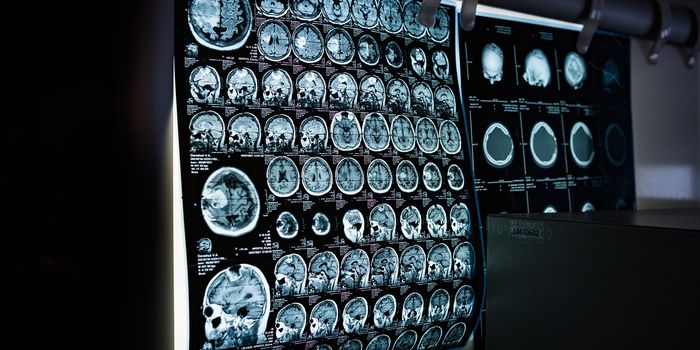Rare Lymphoma Linked to Textured Breast Implants
According to a new review, cancer associated with breast implants is increasing, and researchers aren’t sure why.
The review, published in the journal JAMA Surgery, estimates that as much as 1 in 4,000 women with breast implants are diagnosed with a rare form of non-Hodgkin’s lymphoma, known as anaplastic large cell lymphoma (ALCL). Because of its association to breast implants, the condition is more specifically known as breast implant-associated ALCL (BIA-ALCL).
"We're seeing that this cancer is likely very underreported, and as more information on this type of cancer comes to light, the number of cases is likely to increase in the coming years," said Dr. Dino Ravnic, an assistant professor of surgery at the Pennsylvania State University College of Medicine, and the study’s senior author.
Ravnic and colleagues analyzed data from 115 studies over a 20-year period, from August 1997 to January 2017, that had ties with ALCL. In this time span, 93 cases of ALCL were confirmed. The diagnosis typically came about 10 years after the breast implant procedure. And nearly all of the cases of ALCL were associated with textured implants – those with a pebbly surface designed to minimize shifting post-surgery.
Interestingly, cases of ALCL did not seem to surface before the introduction of textured implants, suggesting a strong causal relationship between the type of implants and the occurrence of the lymphoma. “All manufacturers of textured implants have had cases linked to this type of [cancer], and we haven't seen cases linked to smooth implants," said Ravnic.
The current study comes on the heels of an announcement by the Food and Drug Administration earlier this year, which formally acknowledged the link between breast implants and ALCL. Moreover, the announcement reported a strong rise in ALCL occurrence. Since February 1 of this year, 359 cases of such cancer have been reported, including 9 deaths. This is almost four times the number of cases identified by Ravnic’s study, which analyzed data over a 20-year period.
Importantly, the FDA makes a clear distinction that the deaths were not caused by breast cancer. Rather, the malignant cells can be found in the scar tissues surrounding the breast implant.
"All of the information to date suggests that women with breast implants have a very low but increased risk of developing ALCL compared to women who do not have breast implants," wrote the FDA.
Fortunately, the cancer seems to be rare and not commonly fatal. The FDA suggests that removing the diseased tissue and implants is sufficient for most affected women, although some do require extended cancer treatments. Further, they note that women with implants who don’t show symptoms – lumps, pain, swelling of the breast area – are likely at low risk for the cancer.
Additional sources: Live Science









